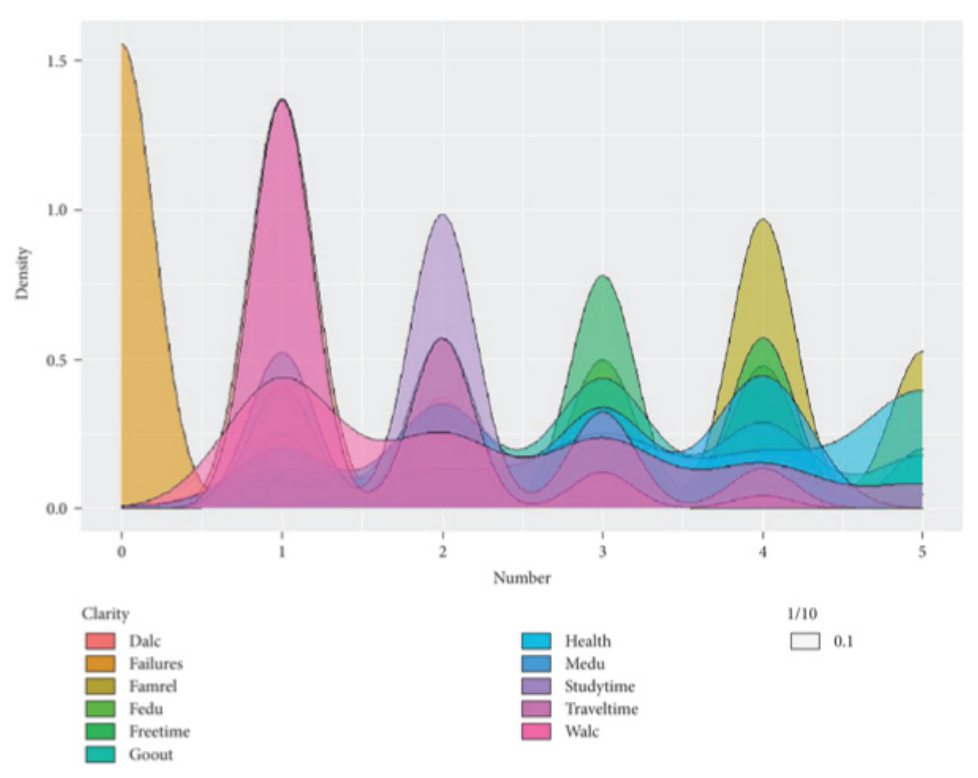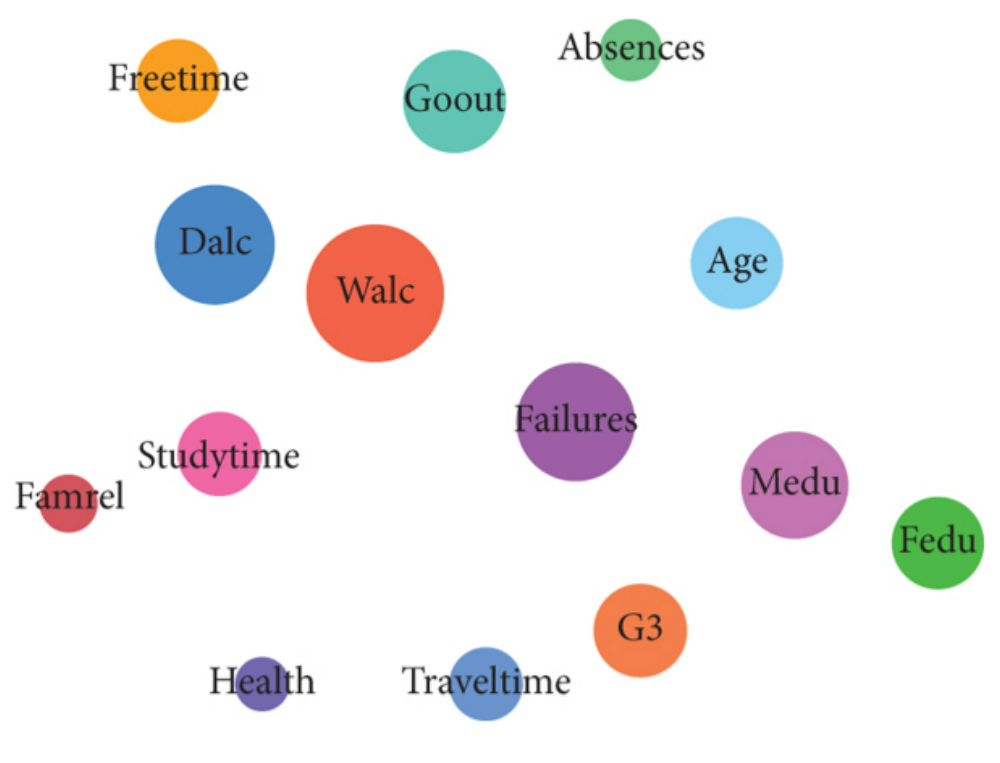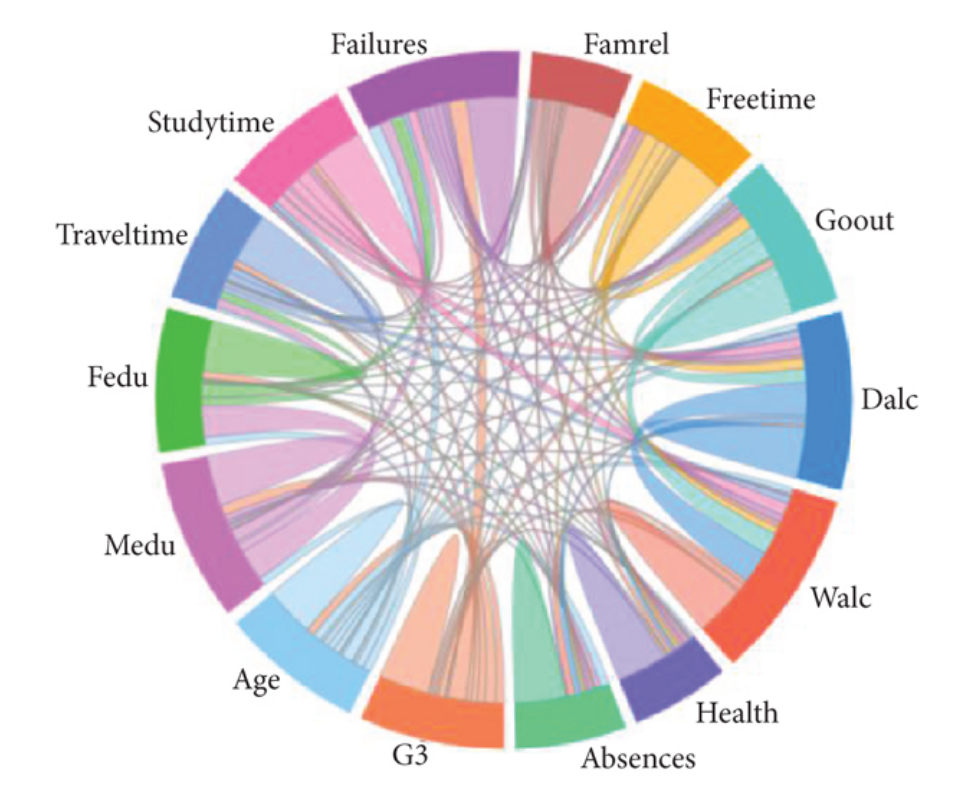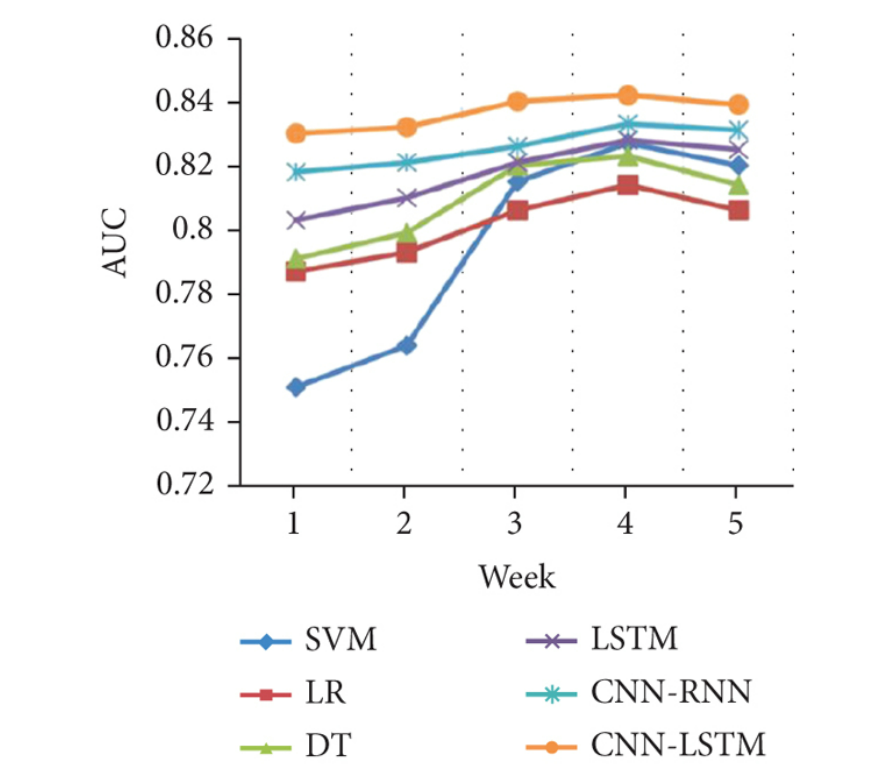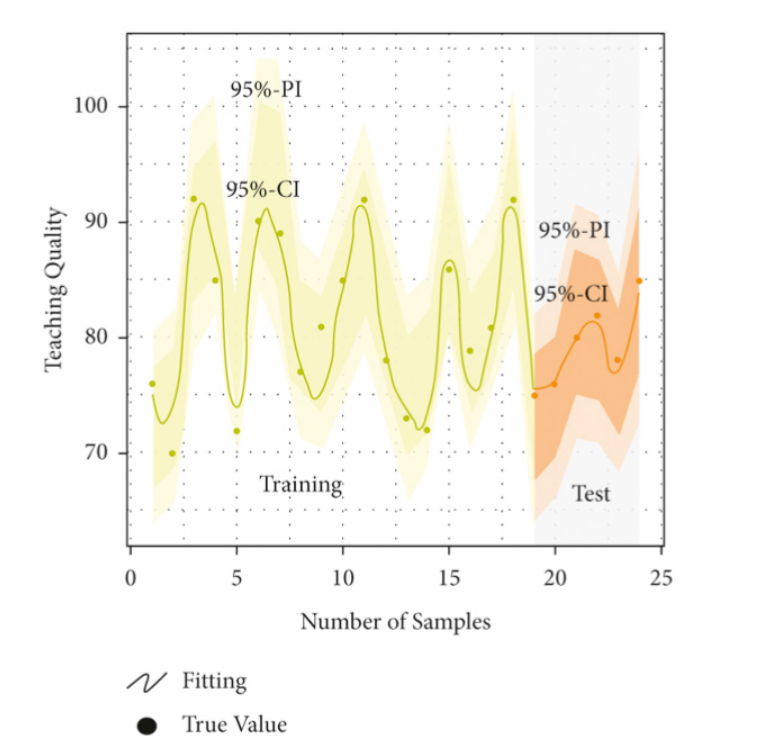 An open access journal
An open access journal
The Intersection of Arts and Technology in Education: Expanding Possibilities for Creativity and Learning
Abstract
This paper explores the intersection of arts and technology in education and its potential to expand possibilities for creativity and learning. Drawing on literature from education, technology, and the arts, the paper examines how digital tools and media can be integrated into arts education to enhance creative expression, collaboration, and interdisciplinary learning. It discusses the affordances of digital technologies such as multimedia software, virtual reality, and interactive platforms for creating, sharing, and experiencing art in new ways. The paper highlights innovative practices in digital arts education, including digital storytelling, media arts production, and coding for creative expression. It also explores the role of technology in connecting students with diverse artistic communities and resources, enabling them to explore and engage with a wide range of artistic traditions and practices. Through case studies and examples, the paper showcases successful digital arts integration initiatives in various educational contexts, from K-12 schools to higher education institutions. Additionally, the paper addresses challenges such as access to technology, digital literacy, and ethical considerations in digital arts education. It concludes by advocating for a balanced approach that harnesses the creative potential of digital technologies while honoring the unique qualities of traditional arts practices.
Share and Cite
Article Metrics
References
- Burnaford, G., Buckingham, J., & Abrams, R. (Eds.). (2016). Connecting Creativity Research and Practice in Art Education: Foundations, Pedagogies, and Contemporary Issues. Springer.
- Gadanidis, G., & Hughes, J. (2017). Computational Thinking in Mathematics and Science: An International Perspective. Springer.
- Horst, H. A., & Miller, D. (2012). Digital Anthropology. Berg.
- Lankshear, C., & Knobel, M. (2011). New Literacies: Everyday Practices and Social Learning (3rd ed.). Open University Press.
- Roblyer, M. D. (2016). Integrating Educational Technology into Teaching (7th ed.). Pearson.
- Searle, B., & Facer, K. (2014). Transliteracy in Transition: An Exploratory Study of Young People's Information Behaviour. Springer.
- Zimmerman, E., & Bell, J. (2016). Making Sense of Maker Education. Harvard Educational Review, 86(4), 508-531.

